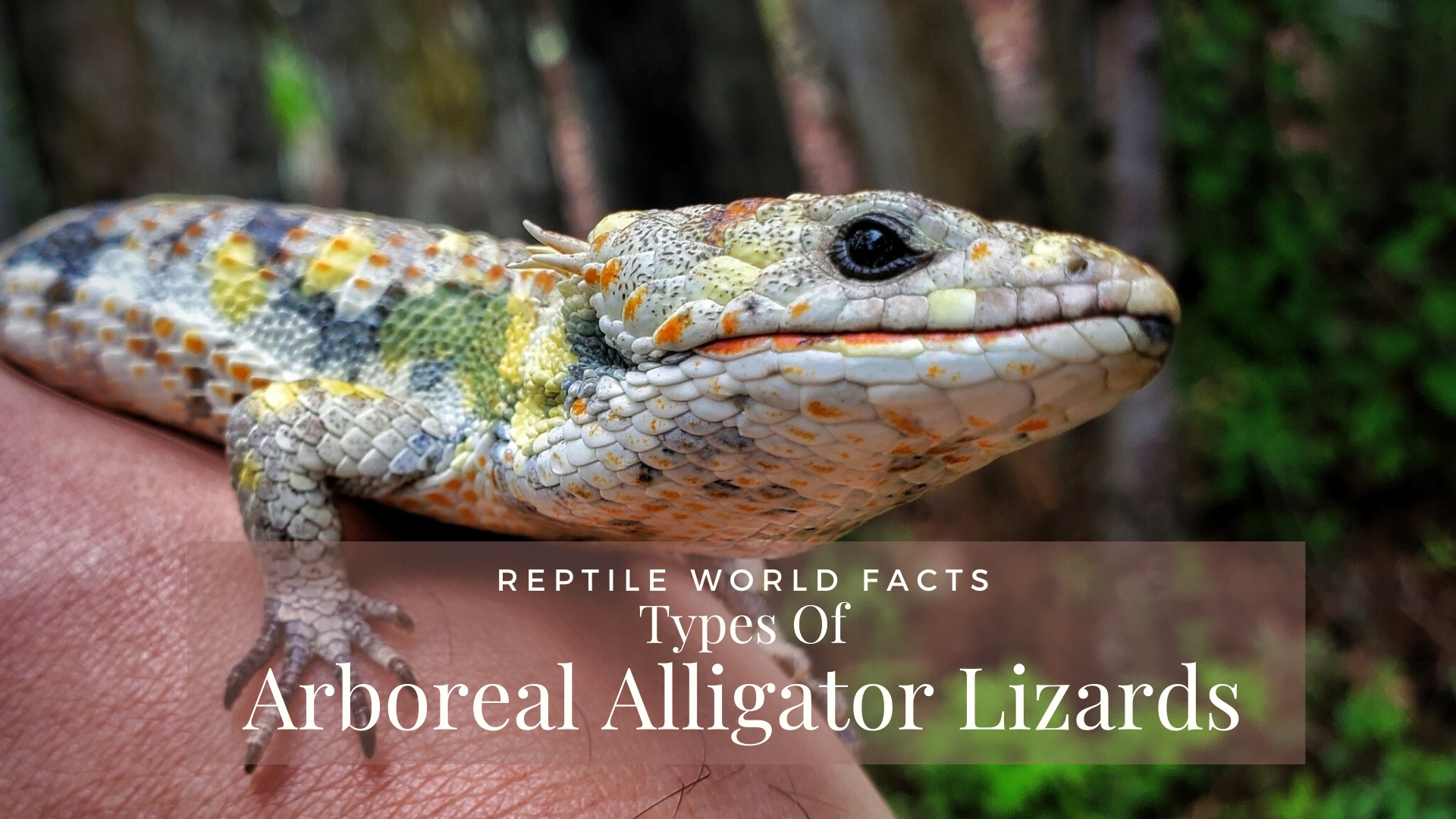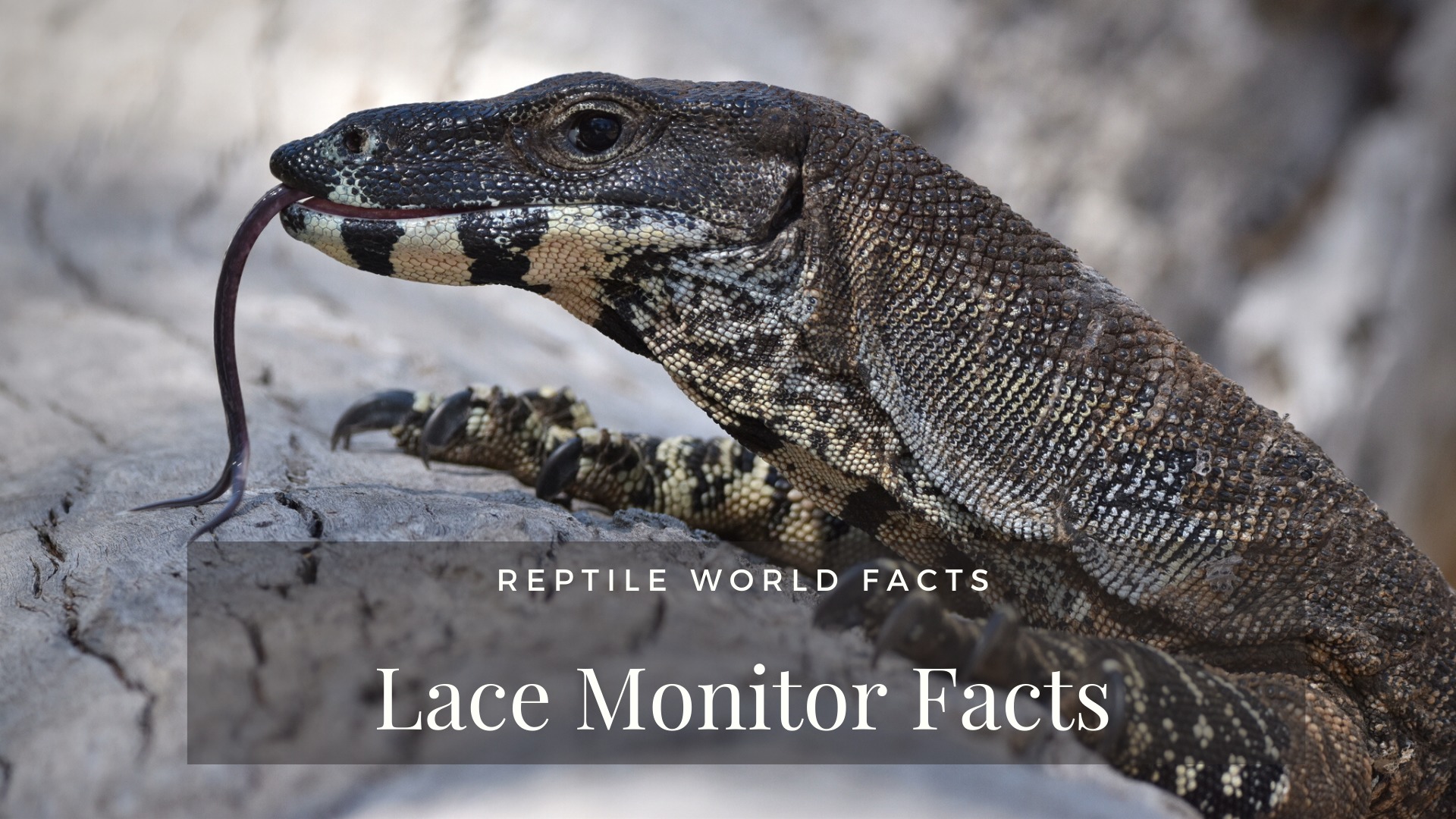The Texas horned lizard is a fascinating lizard that can be found in Mexico and the United States, obviously including Texas. In fact, on June 18, 1993, it was named the Texas state reptile. The legislature said, “despite a spiny exterior that presents a forbidding appearance, it is at heart a docile and peaceful creature.” Keep reading to learn more about these wonderful reptiles!
Banner Photo: Source
Quick Facts
Scientific Name: Phrynosoma cornutum
Common Names: Texas Horned Lizard
Geographic Range: Mexico, United States
Life Span: 5 – 8 Years
Conservation Status: Least Concern
Top 10 List – Texas Horned Lizard
1. As Their Name Suggests, They Have Horns
Texas horned lizards range in length from 6.9 – 11.5 cm (2.7 – 4.5 inches), with males being smaller than females and usually not getting larger than 9.4 cm (3.7 inches). Their weight can range anywhere from 25 – 90 grams. Their scales are unique, as they are quite spikey. While these lizards have many horns on their heads, the two largest are on the top/back of their heads, surrounded by smaller horns. Their short, round bodies are actually able to both flatten out and blow up to be round and hard to swallow, depending on what the lizard is trying to do.
The color of Texas horned lizard tends to resemble the ground color of where they live. Their colors also tend to be more vibrant during the breeding season. This can include yellow, red-brown, tan, brown, and grey. Dark bars run from their eyes to the tips of their horns, as well as on their heads and across their legs. They also have large blotches on their backs. Most also have a single light line that runs down their back from their neck to the tip of their tail.
2. Texas Horned Lizards Are Often Found In Areas With Lots Of Rocks
Texas horned lizards prefer hot areas that are arid or semi-arid like prairies, dunes, and deserts. Lots of rocks and open ground are common in the areas they are found in. Scattered vegetation is useful for them as they are able to use it for shade, as well as hide from predators. Finally, since they dig for hibernation, nesting, and regulating body temperature, they tend to pick areas with loose sand or loamy soils that allow them to dig.
3. They Have A Home Range
Texas horned lizards have a home range that can range from 291 – 14,690 m2. Home ranges can overlap one another, and these lizards usually have the largest range in June, which then decreases in size until it is time to hibernate. Males usually have a larger home range than females. This is possibly so they can have access to multiple females during mating season. Non-dominant males tend to have a larger home range to make it easier to avoid dominant males. However, Texas horned lizards tend to not actively defend their territories.
4. 70% Of Their Diet Is Made Up Of Ants
The main diet of the Texas horned lizard is made up of 70% harvester ants, with the rest being supplemented with termites, beetles, and grasshoppers. In fact, these small lizards can eat anywhere from 30 to 100 ants a day! From 9 – 11 am they have been observed waiting at ant colony entrances, as this is when the ants are most active. To eat they will tilt their head sideways and downwards, and quickly use their sticky tongues to grab the ants and bring them to their mouths.
Harvester ants produce venom and can bite multiple times, and it can be quite painful if they bite you. However, these horned lizards have a blood plasma factor that neutralizes harvester ant venom. They also produce a large amount of mucus in their throats, which incapacitates the swallowed ants.
5. In The Mornings And Evenings They Are Often Found Basking
Texas horned lizards are solitary animals, usually only coming together to mate or compete for food. Despite their spikey and “scary” exterior, they are actually quite docile and slow, preferring not to move around much unless necessary. They spend most of their early mornings and evenings on the ground basking in the sun, warming up and producing vitamin D, which helps them stay healthy. During the hot afternoons, they prefer to take shelter in the shade and burrows. Throughout the day they may also position themselves higher up on rocks with their upper body elevated, watching for predators and looking for food.
During the cold months, usually from October to late March, Texas horned lizards will hibernate. They use their excellent digging skills to dig a hole around 14cm (5.5 inches) deep, and bury themselves in the soil and leaf litter. The burrows often face south or southwest, as this allows for maximum sun exposure.
6. Texas Horned Lizards Have Been Observed Rain Harvesting

Photo Source
Texas horned lizards have been observed using a technique called rain harvesting. In order to do this, they will raise their stomach into an arch, splay and stretch out their legs, flatten their bodies, and lower their head and tail. The water is then carried over their body surface to their jaws. By opening and closing their mouths, they then can drink this water to stay hydrated.
7. One Of Their Last Lines Of Defense Is Squirting Blood From Their Eyes
If you want to learn about more unique defense mechanisms you can check out our article with 10 unique defense mechanisms in reptiles!
The main animal predators of Texas Horned lizards are various types of canids, snakes, and birds. They tend to flee from ambush predators and stand their ground against chasing predators. Their main line of defense is to try to hide from the predator. They will remain motionless, using their coloring to try to camouflage themselves. They may also partially bury themselves in sand or soil to hide even more. If attacked by the predator, horns and spikes help deter the predator from trying to eat them. They may also gape at the predator with their mouths open, hiss, or puff up to make themselves appear larger, and make it harder for the predator to swallow them.
Finally, as a last resort, Texas horned lizards can squirt blood from their eyes at the predator, at distances of up to 1.5 meters (5 feet). While their aim isn’t super accurate, they do have some control on where the blood is sprayed. They do this by forcing the blood pressure around their head area to increase. This then causes blood vessels around the eyelids to rupture and out sprays the blood. This will confuse the predator, giving the lizard time to escape. It has also been found to be especially foul tasting for canines.
8. Females Will Dig Burrows In Order To Bury Her Eggs

Photo Source
Breeding season for the Texas horned lizard is from mid-April to mid-June. Males will show their interest in a female by quickly bobbing their heads up and down, and if the female rejects his advances she will either simply walk away or angrily wave her tail. If the female accepts his advances, around 44 days later the female will be ready to lay her one clutch of eggs for the season. In order to lay her eggs, she will dig a hole 12 – 25 cm (4.7 – 9.8 inches) deep, sloping downwards, and then lay between 14 – 37 eggs. After she is done laying the eggs, she will bury the nest and fill the hole she dug. The whole nesting process can take between 5 – 10 hours.
After 40 – 61 days the eggs will hatch and out will pop tiny Texas horned lizards that are immediately independent and have no help from their parents. They are just little things, only weighing around 0.57 – 0.81 grams, and have a snout to vent length (this means not including their tail) of only 2cm (0.8 inches). They are usually a darker brown color when young, and lighten up as they age. Babies also tend to be quite skittish, even fleeing from harvester ants for the first few weeks of their lives.
9. Despite Being Docile, Texas Horned Lizards Do NOT Make Good Pets
At one point, Texas horned lizards were popular in the pet trade, and it’s not hard to see why. They are fairly docile, small compared to other lizards, and also just look really darn cool. However, they do not make good pets and are very hard to care for. They have a specialized diet of specific ants, need a high amount of heat, and most likely need a proper place to hibernate during the winter. Many pet Texas horned lizards will only last a couple of months before unfortunately passing away. They are also considered threatened in Texas, and collection for the pet trade would only further harm the population.
10. In Texas, Texas Horned Lizards Are Considered A Threatened Species
While the IUCN Red List lists Texas horned lizards as least concern, they were last assessed quite a while ago, on March 1st, 2007. On their website, they have an annotation that the species’ status needs to be updated, as their populations are indeed declining. In Texas, they are listed as a threatened species that needs protection. They are also in decline in Oklahoma, with the collection or harm of these lizards being considered unlawful.
There are quite a few factors that are contributing to the decline of the Texas horned lizard. The collection of them for pets, as well as habitat loss, plays a major role in their decline. One of the main problems for these lizards is the decline of their main diet, harvester ants, due to pesticides. These pesticides can also cause various illnesses in the Texs horned lizards. Finally, occasionally when they are fleeing from predators they will run into roads, causing them to be hit and killed by cars.
11. They Are Often Mistaken For Other Horned Lizards

Photo Source

Photo Source

Photo Source
There are multiple different horned lizards, all of which belong to the same family Phrynosoma. Around 8 of these horned lizards are found throughout the United States. It’s no surprise then that the Texas horned lizard is occasionally mistaken for other horned lizards, as they share a lot of the same characteristics, and have similar appearances. Above we’ve included a photo of a Texas horned lizard, as well as two other horned lizard species so you can see the similarities, as well as some of the differences between them.
Enjoy this article? Share it with your friends using the links below! Also, leave a comment below and let us know what you think. Thanks for reading!








